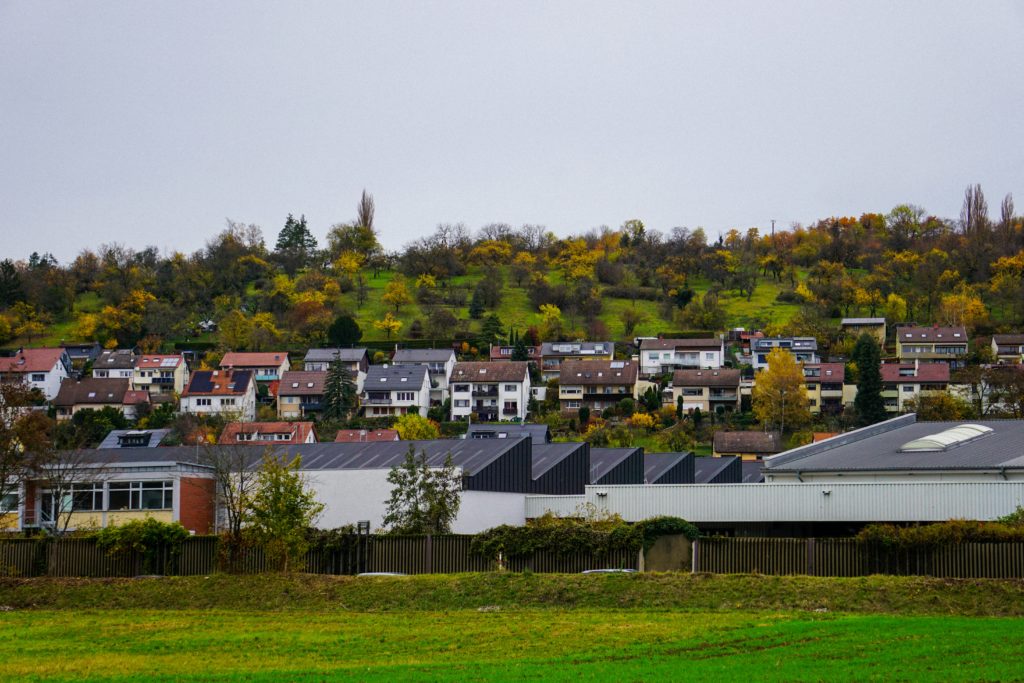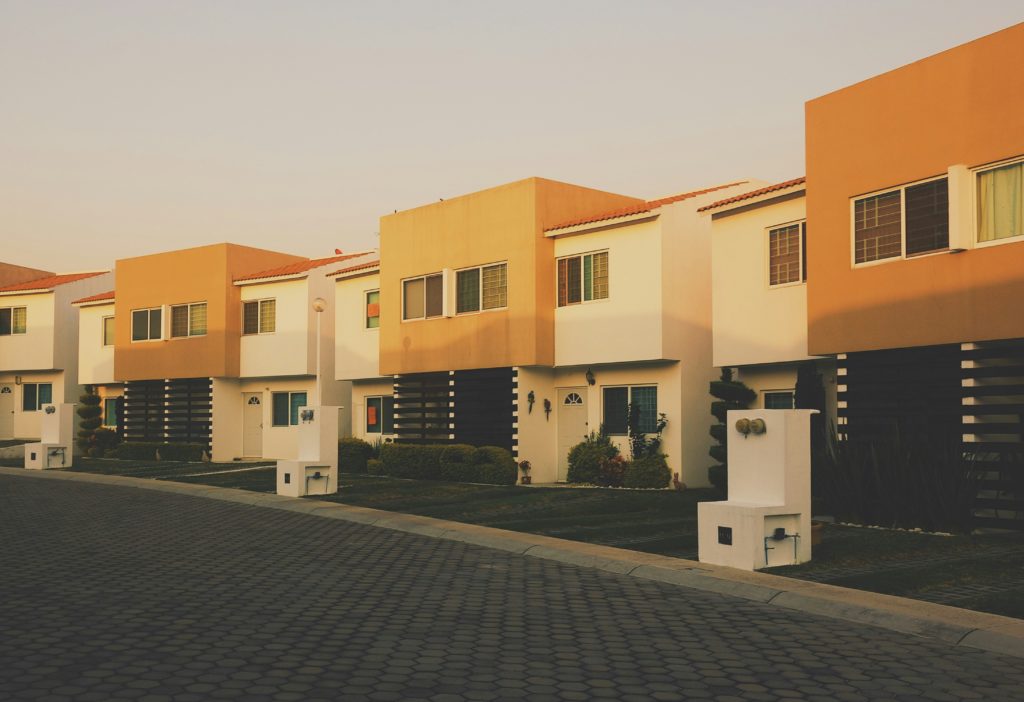Computer scientists have created an artificial intelligence system that can forecast building emission rates of non-domestic buildings.
Loughborough University’s Dr Georgina Cosma and postgraduate student Kareem Ahmed have designed and trained an AI model to predict emission rate values with 27 inputs.
Dr Cosma said: “It’s an important first step towards the use of machine learning tools for energy prediction in the UK and it shows how data can ‘improve current processes’ in the construction industry.”
Current methods can take hours to days to produce emission rates and are generated by manually inputting hundreds of variables.
The AI model was created with the support of engineering consultancy Cundall’s head of research and innovation, Edwin Wealend. It was trained using large-scale data from UK government energy performance assessments to generate an emission value in a split second.
They created a ‘decision tree-based ensemble’ machine algorithm and validated it using 81,137 real data records for non-domestic buildings in England from 2010 to 2019. The data contained information such as building capacity, location, heating, cooling lighting, and activity.
Machine sheds insight on how buildings can be designed better
The team calculated the rates of shops, offices, factories, schools, restaurants, hospitals, and cultural institutions – some of the most inefficient buildings in the UK. They did this to get an insight into how energy performance could be improved and influence the design or renovation of a building.
Emission rates are used to calculate a building’s energy performance certificate, EPC, and currently takes hours to calculate.
Researchers claim the new algorithm will speed up the generation of EPCs and give insight into how new buildings can be designed and existing ones renovated to be more energy efficient.
Dr Cosma pointed out that although commercial properties only make up eight per cent of all buildings they account for a fifth of the UK’s total CO2 emissions.
Mr Wealend said: “We hope to build on the techniques developed in this project to predict real operational energy consumption.
“By predicting the energy consumption and emissions of non-domestic buildings quickly and accurately, we can focus our energy on the more important task – reducing energy consumption and reaching net-zero.”
Bridging loan brokers Hank Zarihs Associates said development finance lenders would be keen to offer construction loans to SME builders who embraced green design innovation.












